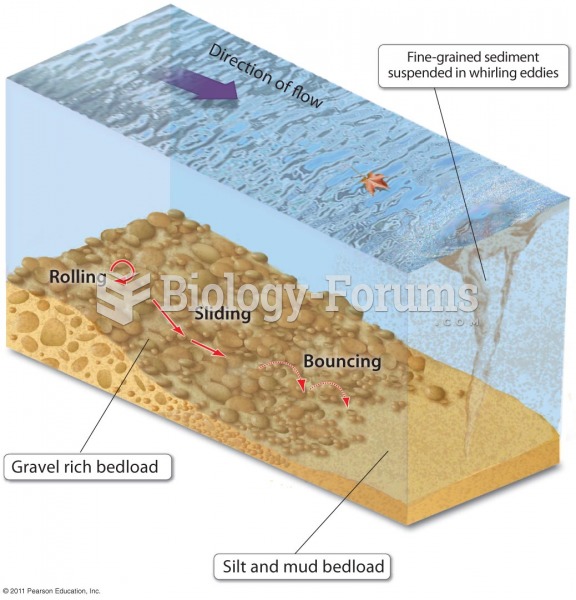|
|
|
A serious new warning has been established for pregnant women against taking ACE inhibitors during pregnancy. In the study, the risk of major birth defects in children whose mothers took ACE inhibitors during the first trimester was nearly three times higher than in children whose mothers didn't take ACE inhibitors. Physicians can prescribe alternative medications for pregnant women who have symptoms of high blood pressure.
There are 60,000 miles of blood vessels in every adult human.
The average office desk has 400 times more bacteria on it than a toilet.
More than 30% of American adults, and about 12% of children utilize health care approaches that were developed outside of conventional medicine.
Increased intake of vitamin D has been shown to reduce fractures up to 25% in older people.







